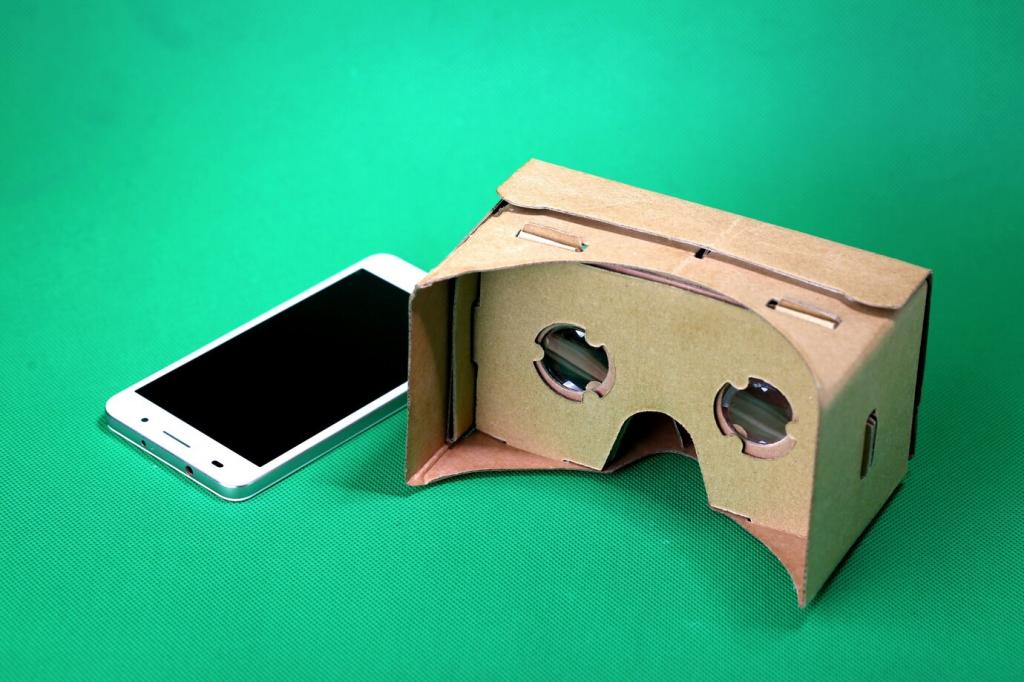Bringing Clarity to the Journey: How GPS Technology Enhances Freight Tracking Transparency

From Dots on a Map to Real-Time Confidence
Real-time GPS feeds remove guesswork by unifying driver position, speed, and direction into a single, reliable view. When everyone sees the same clock and coordinates, update disagreements fade and accountability rises.
From Dots on a Map to Real-Time Confidence
GPS-enabled ETAs incorporate traffic, weather, and historical averages to reduce missed appointments. Transparent arrival windows prevent idle labor, protect dock schedules, and lower detention, creating confidence on both sides of the dock door.
Accountability in Motion: Trust Between Shippers, Carriers, and Customers
Proof of Progress and Honest Delays
When congestion or closures occur, GPS timelines show exactly when and where delays started. Honest visibility turns frustration into joint problem-solving rather than blame, preserving long-term business trust and renewal conversations.
Fewer Check Calls, Stronger Relationships
Automated status updates reduce interruptions for drivers and planners, while customers receive proactive notifications. Less noise means more thoughtful conversations focused on service improvements, not constant location confirmations or procedural escalations.
Share What Matters, Securely
Role-based GPS sharing lets you provide just enough detail—route, ETA, geofence entrance—without exposing private data. This balance maintains transparency and respects confidentiality, building lasting confidence in the data you publish.



Safety, Risk, and Compliance: Transparency that Protects
Coupled with telematics, GPS highlights speeding zones, harsh braking, and risky corridors. Coaching conversations become specific and supportive, anchored by data that helps drivers return home safely after every shift.
For pharmaceuticals and food, GPS plus sensor data shows when a trailer left a safe corridor or experienced delays. That visibility helps preserve chain-of-custody, maintain temperature integrity, and prevent costly spoilage events.
Auditable GPS records verify route adherence, curfews, and delivery windows. When regulators or customers request evidence, you respond with timestamps rather than recollections, shortening investigations and preventing misunderstandings from escalating.

From Raw Pings to Helpful Narratives
Weekly summaries transform thousands of pings into simple, human stories: where risk spiked, where turns sped up, and why ETAs improved. These narratives empower teams to act with clarity and conviction.
Proactive Notifications Customers Actually Read
Clear, concise alerts about early arrivals or delays earn attention and goodwill. Customers plan labor better, avoid overtime surprises, and remember your reliability when the next contract decision comes across their desks.
Closing the Loop with Feedback
Invite receivers to rate accuracy of ETAs and dock experiences. That feedback, tied to GPS events, pinpoints small friction points that, once removed, compound into major service consistency gains across lanes.



What’s Next: IoT, Geofencing Craft, and Responsible Data Use
IoT Signals that Enrich the Map
Door, temperature, and load sensors pair with GPS to explain why a stop took longer or a route shifted. That added context converts location into insight and makes post-mortems far more productive.
Geofences that Respect Complexity
Advanced geofences account for multi-entrance yards, city restrictions, and night operations. Thoughtful design reduces false alerts and keeps teams focused on genuine exceptions, not noise that erodes confidence in the system.
Transparency with Guardrails
Publish clear data policies and retention timelines. Limit access to a need-to-know basis. When customers understand how GPS data is handled, trust deepens, and collaboration expands beyond a single load or lane.
